




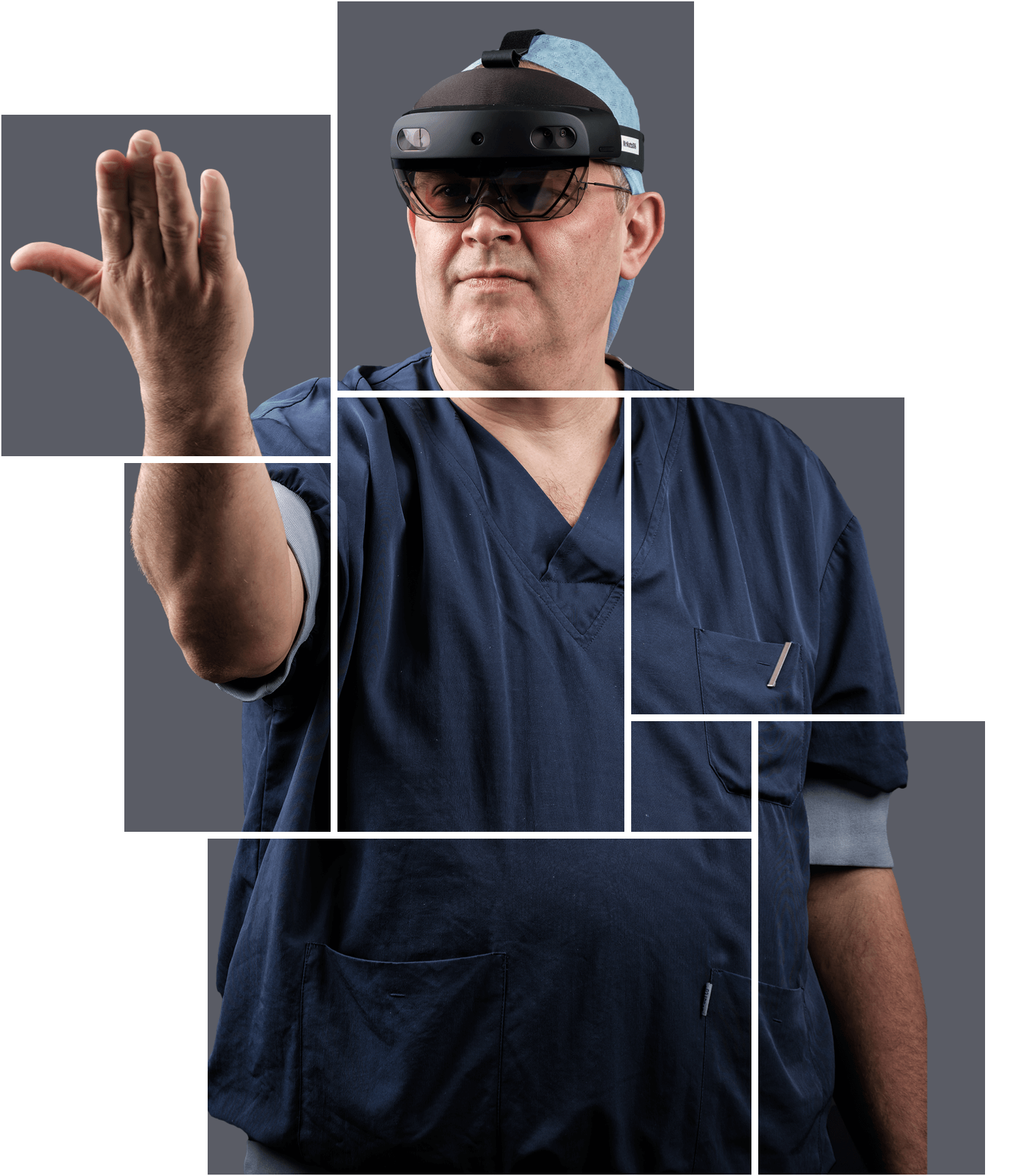
E-health
Medicine at a higher level

Discover how we together can invest in the digitalization of the health care sector

In the Imelda Hospital in Bonheiden, Dr. Tim Tollens performed a complex incisional hernia operation, supported by 3D visualization. Doctors followed the live stream from 280 locations in 49 countries. The surgeon used the HoloLens headset by Microsoft and an application designed by Mr. Watts.

Doctor Tim Tollens
is a general and abdominal surgeon specializing in colorectal surgery and incisional hernia surgery. In addition to coordinating internship as a supervisor and trainer, Dr. Tollens is also head of surgery at the Imelda Hospital in Bonheiden.
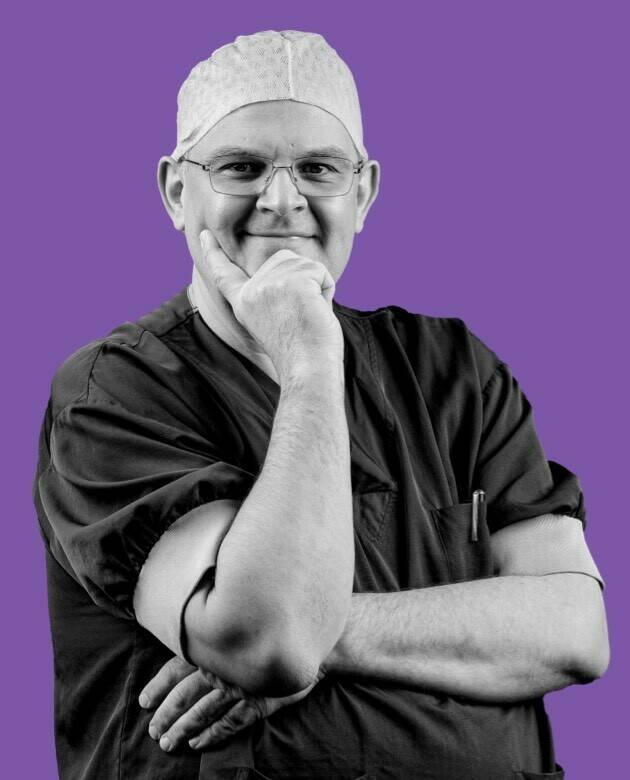
Tim Tollens is the head of surgery at the Imelda Hospital. He is a specialist in abdominal surgery and, more specifically, complex incisional hernia surgery. “It is true that the development of IT is visible in our sector but, in my opinion, it is going too slowly,” he notes. “COVID may provide an acceleration in that area. The patient is now much more familiar with video consultations and remote advice.” The doctor himself is particularly interested in the use of IT in his profession and is always looking for new applications. That led to a Flemish first.
“Through the medical technology company Becton Dickinson, I came into contact with the HoloLens, Microsoft's mixed reality headset,” he says. “In that context, I also became acquainted with Mr. Watts, a Belgian company that develops applications for the HoloLens.” Dr. Tollens already had experience filming surgical procedures for training and research. With the HoloLens, a camera was added, which allows the others to follow the procedure through the surgeon's eyes, as it were. Dr. Tollens performed a complex incisional hernia operation with the smartglasses on. Doctors followed the live stream from 280 locations in 49 countries.
“The real added value is in the application Mr. Watts developed,” continues Dr. Tollens. “It creates a virtual space that you can access via the HoloLens. This way, as a surgeon, you can open the patient's medical file in that virtual space.” The app is controlled by voice, gestures or eye movements. “I don't have to leave the operating table for that and I don't have to take off my gloves to check something on the PC. Via the HoloLens, all information is immediately available in a safe manner at the operating table.”
The biggest advantage, however, lies in the use of mixed reality (MR). The application displays medical images – for example, from a CT scan – via the HoloLens and projects them onto the patient. In this way, the surgeon can see in the MR image where the exact location of the problem is in the patient. It allows the surgeon to determine the location of the procedure in a very specific way, without having to be invasive. “That technique – 3D visualization and superimposition – is really the future as far as I'm concerned,” says Dr. Tollens.
The surgery that the doctor performed, supported by the HoloLens and Mr. Watts, seemed to have some immediate and important practical advantages. “In the operating theater there is no longer a need for expensive video screens with all kinds of complex cabling,” he says. “The images the surgeon needs appear on his smartglasses. That not only makes it more convenient for the entire team's work, but also saves a lot of money when setting up an operating room.”
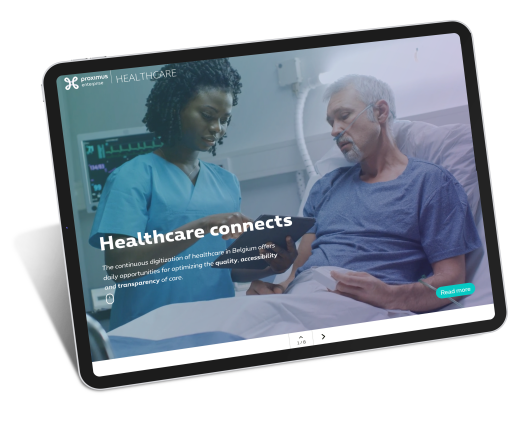
e-book ‘healthcare connects’
The ongoing digitalization of healthcare in Belgium offers daily opportunities for optimization of quality, accessibility, and transparency of care. In our e-book "Healthcare connects", we will tell you more about the challenges and opportunities.

Read the e-book


Quinten De Raedt
studied law at Antwerp University. He is sales director for Telecom & E-health at Comarch.

Based in Poland, Comarch has, over the past thirty years, grown into a global software player with 6,500 employees. E-health is one of the fields in which the company is active. For example, Comarch has its own hospital in Poland where it has built up extensive experience with remote monitoring solutions. In addition, the company is focusing on the development and production of all kinds of IoT devices, such as connected heart rate monitors and blood pressure monitors.
Comarch
With Comarch’s Mobile Diagnostic Point, patients provide all kinds of medical measurements themselves, without having to visit the doctor or hospital.
Dr. Tollens looks back enthusiastically on his first experience with the headset and MR application, although there is still room for improvement. “Rendering 3D structures and positioning them in a correctly calibrated way remains a challenge. But still, it’s only a matter of time before that is further refined.” When using the HoloLens, large volumes of data move between the smartglasses and the application running in the cloud. “It’s the kind of application that 5G is made for.” Every time the doctor moves his head, the application adjusts the image in real time, without delay.
MR. WATTS
is a spin-out of the Antwerp-based software house icapps. The name of the company refers to Wade Watts, the main character in the science fiction story 'Ready Player One' by Ernest Cline, filmed in 2018 by Steven Spielberg.
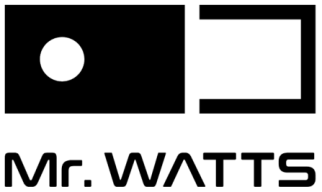
THE IMELDA HOSPITAL
is a general hospital located in the woods of Bonheiden. It has 502 inpatient beds and an outpatient clinic with 94 beds. By using the most innovative techniques and thanks to the continuous training of employees, it is a modern and dynamic hospital.
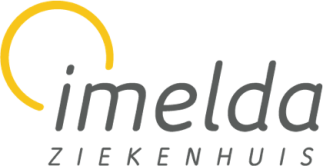
Quinten De Raedt, Sales Director Telecom & E-health at Comarch
“Because the devices are connected, the patient does not have to enter and transmit the measured values manually again. That means mistakes are avoided.”
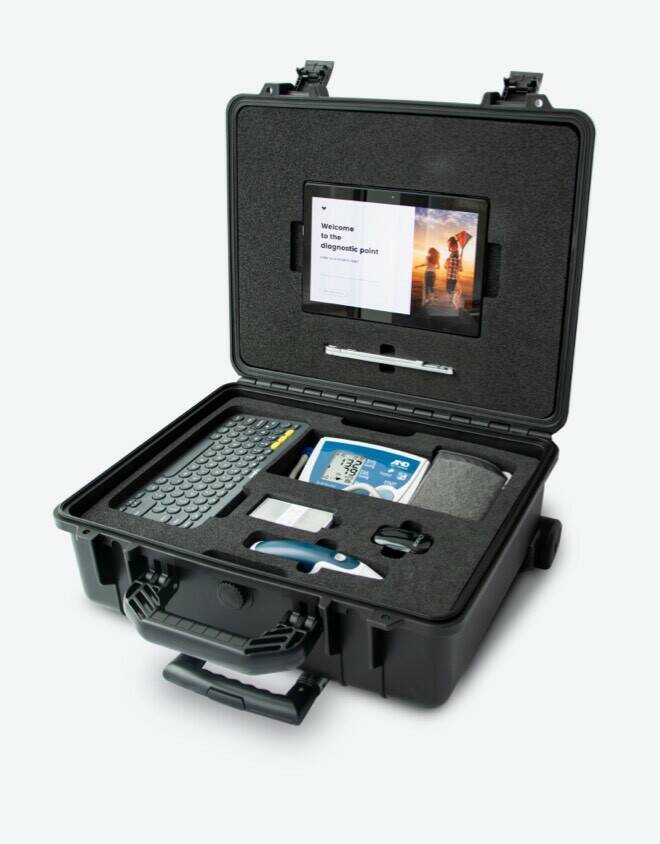
With the Diagnostic Point concept, Comarch is responding to a clear trend in the healthcare sector. “Prevention is the main goal,” said De Raedt. “We achieve this by giving the patient more insight into their own health. At the same time, we reduce the pressure on the care sector. A Diagnostic Point can transmit a lot of data without the patient having to go to the doctor or hospital.”

Read the whole story
Together with Proximus as a project partner, Comarch developed and tested the Diagnostic Point in Belgium. “We tested the concept on Proximus’ innovation platform, using a standalone 5G network."
At the same time, the cooperation with Proximus goes beyond connectivity. We have developed a concept for a Diagnostic Point for companies.” The idea is to offer the application to companies, so that Diagnostic Points are not only available to the patient at home, but also to a wider public, for example on a corporate campus, at an airport, in a pharmacy, and so on.
COMARCH
is a software house that implements and integrates proprietary ICT solutions. Since 1993, their philosophy has been focused on excellence in the implementation of advanced solutions. They do this by offering a mix of cross-cutting applications and developing products dedicated to specific industries and advanced technology services.





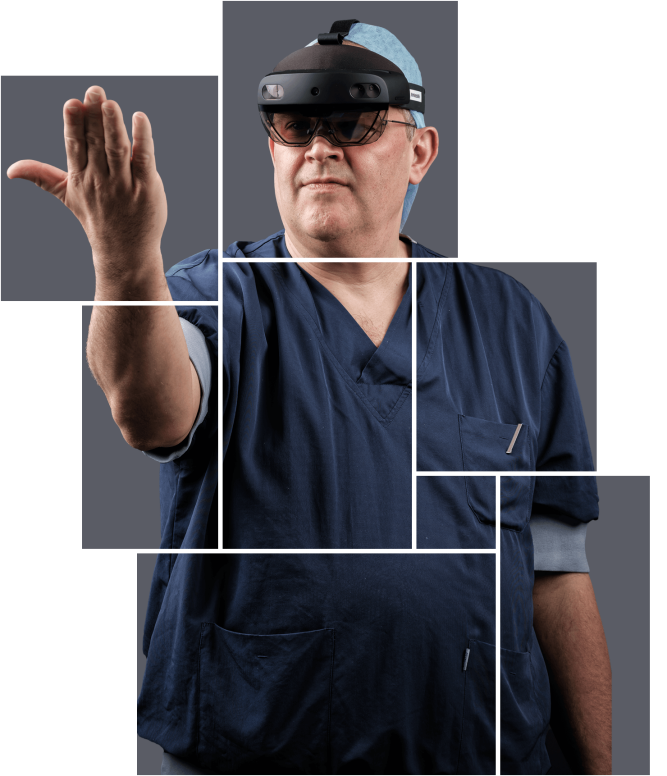
Medicine at a higher level
E-health

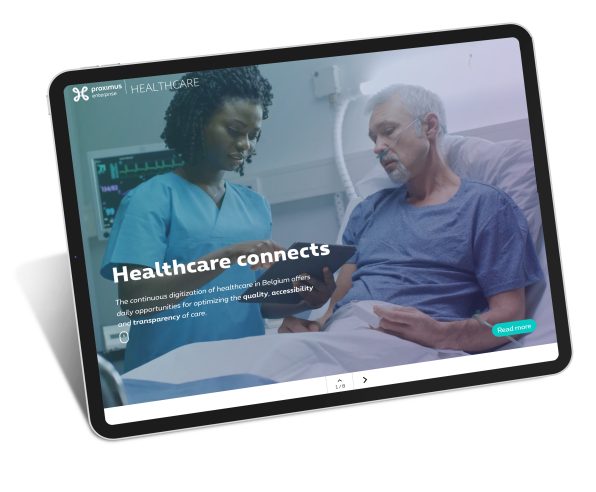
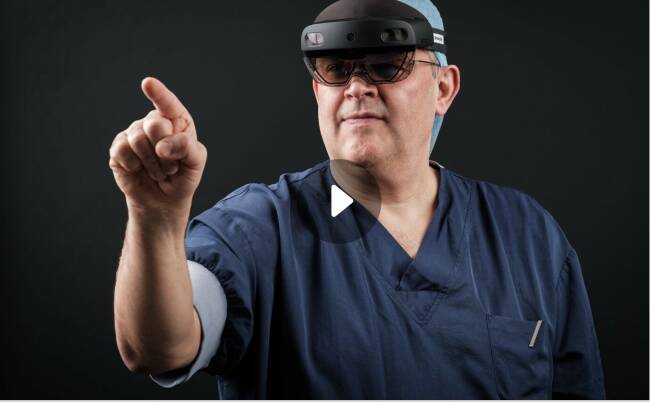
In the Imelda Hospital in Bonheiden, Dr. Tim Tollens performed a complex incisional hernia operation, supported by 3D visualization. Doctors followed the live stream from 280 locations in 49 countries. The surgeon used the HoloLens headset by Microsoft and an application designed by Mr. Watts.
Tim Tollens is the head of surgery at the Imelda Hospital. He is a specialist in abdominal surgery and, more specifically, complex incisional hernia surgery. “It is true that the development of IT is visible in our sector but, in my opinion, it is going too slowly,” he notes. “COVID may provide an acceleration in that area. The patient is now much more familiar with video consultations and remote advice.” The doctor himself is particularly interested in the use of IT in his profession and is always looking for new applications. That led to a Flemish first.
Doctor Tim Tollens
is a general and abdominal surgeon specializing in colorectal surgery and incisional hernia surgery. In addition to coordinating internship as a supervisor and trainer, Dr. Tollens is also head of surgery at the Imelda Hospital in Bonheiden.

“Through the medical technology company Becton Dickinson, I came into contact with the HoloLens, Microsoft's mixed reality headset,” he says. “In that context, I also became acquainted with Mr. Watts, a Belgian company that develops applications for the HoloLens.” Dr. Tollens already had experience filming surgical procedures for training and research. With the HoloLens, a camera was added, which allows the others to follow the procedure through the surgeon's eyes, as it were. Dr. Tollens performed a complex incisional hernia operation with the smartglasses on. Doctors followed the live stream from 280 locations in 49 countries.
“The real added value is in the application Mr. Watts developed,” continues Dr. Tollens. “It creates a virtual space that you can access via the HoloLens. This way, as a surgeon, you can open the patient's medical file in that virtual space.” The app is controlled by voice, gestures or eye movements. “I don't have to leave the operating table for that and I don't have to take off my gloves to check something on the PC. Via the HoloLens, all information is immediately available in a safe manner at the operating table.”

The biggest advantage, however, lies in the use of mixed reality (MR). The application displays medical images – for example, from a CT scan – via the HoloLens and projects them onto the patient. In this way, the surgeon can see in the MR image where the exact location of the problem is in the patient. It allows the surgeon to determine the location of the procedure in a very specific way, without having to be invasive. “That technique – 3D visualization and superimposition – is really the future as far as I'm concerned,” says Dr. Tollens.
THE IMELDA HOSPITAL
is a general hospital located in the woods of Bonheiden. It has 502 inpatient beds and an outpatient clinic with 94 beds. By using the most innovative techniques and thanks to the continuous training of employees, it is a modern and dynamic hospital.

e-book ‘healthcare connects’
The ongoing digitalization of healthcare in Belgium offers daily opportunities for optimization of quality, accessibility, and transparency of care. In our e-book "Healthcare connects", we will tell you more about the challenges and opportunities.

Read the e-book
The surgery that the doctor performed, supported by the HoloLens and Mr. Watts, seemed to have some immediate and important practical advantages. “In the operating theater there is no longer a need for expensive video screens with all kinds of complex cabling,” he says. “The images the surgeon needs appear on his smartglasses. That not only makes it more convenient for the entire team's work, but also saves a lot of money when setting up an operating room.”
Dr. Tollens looks back enthusiastically on his first experience with the headset and MR application, although there is still room for improvement. “Rendering 3D structures and positioning them in a correctly calibrated way remains a challenge. But still, it’s only a matter of time before that is further refined.” When using the HoloLens, large volumes of data move between the smartglasses and the application running in the cloud. “It’s the kind of application that 5G is made for.” Every time the doctor moves his head, the application adjusts the image in real time, without delay.
Discover how we together can invest in the digitalization of the health care sector
MR. WATTS
is a spin-out of the Antwerp-based software house icapps. The name of the company refers to Wade Watts, the main character in the science fiction story 'Ready Player One' by Ernest Cline, filmed in 2018 by Steven Spielberg.


Comarch
With Comarch’s Mobile Diagnostic Point, patients provide all kinds of medical measurements themselves, without having to visit the doctor or hospital.
Based in Poland, Comarch has, over the past thirty years, grown into a global software player with 6,500 employees. E-health is one of the fields in which the company is active. For example, Comarch has its own hospital in Poland where it has built up extensive experience with remote monitoring solutions. In addition, the company is focusing on the development and production of all kinds of IoT devices, such as connected heart rate monitors and blood pressure monitors.
Quinten De Raedt
studied law at Antwerp University. He is sales director for Telecom & E-health at Comarch.
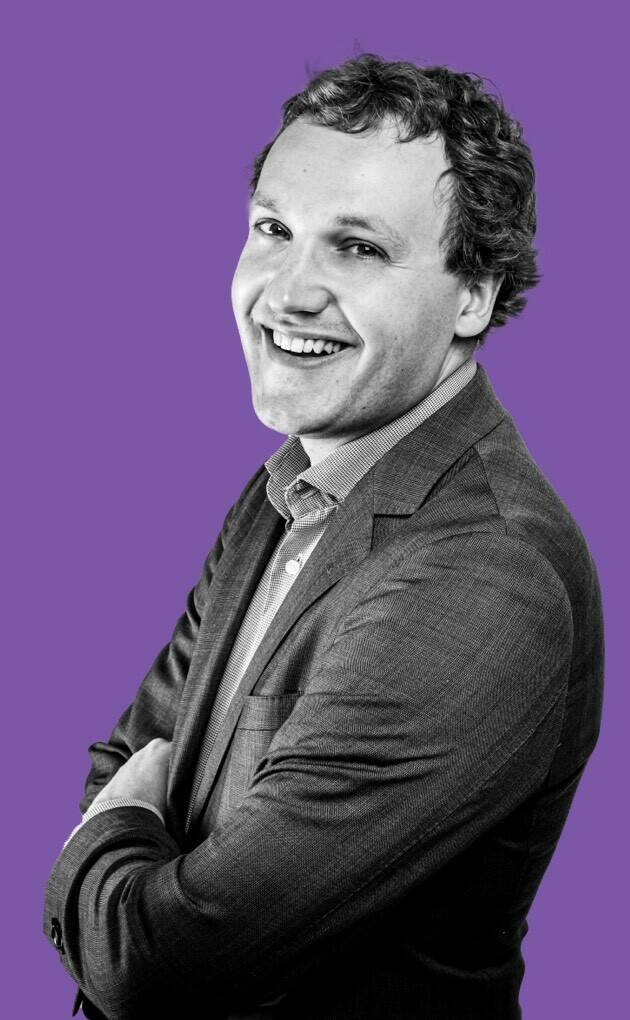

With the Diagnostic Point concept, Comarch is responding to a clear trend in the healthcare sector. “Prevention is the main goal,” said De Raedt. “We achieve this by giving the patient more insight into their own health. At the same time, we reduce the pressure on the care sector. A Diagnostic Point can transmit a lot of data without the patient having to go to the doctor or hospital.”
Quinten De Raedt, Sales Director Telecom & E-health at Comarch
“Because the devices are connected, the patient does not have to enter and transmit the measured values manually again. That means mistakes are avoided.”

Read the whole story
Together with Proximus as a project partner, Comarch developed and tested the Diagnostic Point in Belgium. “We tested the concept on Proximus’ innovation platform, using a standalone 5G network."
At the same time, the cooperation with Proximus goes beyond connectivity. We have developed a concept for a Diagnostic Point for companies.” The idea is to offer the application to companies, so that Diagnostic Points are not only available to the patient at home, but also to a wider public, for example on a corporate campus, at an airport, in a pharmacy, and so on.
COMARCH
is a software house that implements and integrates proprietary ICT solutions. Since 1993, their philosophy has been focused on excellence in the implementation of advanced solutions. They do this by offering a mix of cross-cutting applications and developing products dedicated to specific industries and advanced technology services.

